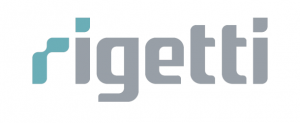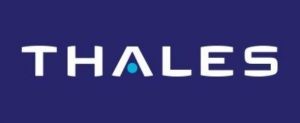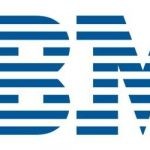Quantum News Briefs July 27:

Quantum News Briefs July 27:
Rigetti and ADIA Lab Partner to develop quantum machine learning solution for probability distribution classification

Together, Rigetti and ADIA Lab will collaborate to design, build, execute, and optimize a quantum computing solution intended to address the probability distribution classification problem, one of the greatest challenges of quantitative finance, with many direct applications to practical use cases in the investment industry.
The collaboration aims to make use of today’s quantum computing devices for solving real-world problems, with the ambitious objective of reducing the gap to the target of narrow quantum advantage. This is the point at which a quantum computer is able to solve a practical, operationally relevant problem significantly better, faster, or cheaper than a current classical solution.
ADIA Lab will define finance-related use cases and provide Rigetti with classical datasets, with a focus on time series. Rigetti will investigate methods of encoding the classical datasets into corresponding quantum states using parameterised quantum circuits. Fidelity metrics will be developed with the aim to compare two quantum states and determine their similarity. Results will be benchmarked against classical algorithms used to compare distributions. Rigetti will build and test the quantum solutions using its Quantum Cloud Services (QCS™) platform. Click here to read the announcement in-entirety.
Thales announces Quantum-Ready Cybersecurity measures for Galileo

Thales, the French multinational company, has affirmed its central role in providing cybersecurity solutions for Galileo, the global navigation satellite system (GNSS) that provides geolocation services. Quantum News Briefs summarizes.
A new type of quantum bit in semiconductor nanostructures

Image caption and credit. Rendering of the new Zephyr topology with 20-way inter-qubit connectivity which powers the new small-scale D-Wave Advantage2 prototype annealing quantum computer. Image Source: D-Wave Systems Inc.
Researchers have created a quantum superposition state in a semiconductor nanostructure that might serve as a basis for quantum computing. Quantum News Briefs summarizes the Phys.org article.
The team used finely tuned laser pulses to create a superposition between the hole ground state and the higher energy state. The hole thus existed in both states simultaneously. Such superpositions are the basis for quantum bits, which, unlike conventional bits, exist not only in the states “0” and “1,” but also in superpositions of both.
Hans-Georg Babin produced the high-purity semiconductor samples for the experiment at Ruhr University Bochum under the supervision of Dr. Arne Ludwig at the Chair for Applied Solid State Physics headed by Professor Andreas Wieck. In the process, the researchers increased the ensemble homogeneity of the quantum dots and ensured the high purity of the structures produced. These measures facilitated the performance of the experiments by the Chinese partners working with Jun-Yong Yan and Feng Liu. CLick here to read the Phys.org article in-entirety.
Scientists warn the ‘quantum revolution’ may stagnate economic growth
Researchers Chander Velu and Fathiro Putra described the “productivity paradox” in a recently published commentary in the Naturet and explained how the mainstream adoption of quantum computing could slash economic growth for a decade or more. Quantum News Briefs summarizes Tristan Greene’s July 19 article about their commentary in CoinTelegraph.
The “productivity paradox” is a business and finance term that explains why the introduction of new, better technology doesn’t usually result in an immediate increase in productivity.
To explain the productivity paradox, the researchers cite a period lasting from 1976 through 1990, when labor productivity growth — a measure of how productive individuals are at work over time — slowed to a crawl. The reason for this stagnation involved the onset of the computer era.
Essentially, the costs associated with the global switch from paper to computers combined with the need to retrain the entire workforce and create entirely new solution ecosystems and workflows caused the trend of growth to stall out until the integration was finally completed during the mid-1990s.
The researchers see a similar predicament occurring as quantum computers go from brushing up against usefulness to potentially becoming a backbone technology for business.
The two main roadblocks to a smooth transition into the quantum age, according to the researchers, are a lack of general understanding of the technology among leaders and risk aversion.
To mitigate these concerns and accelerate the adoption of quantum computing, the researchers suggest a renewed focus from governments and researchers on illustrating the potential benefits of quantum computing and the development of language and terminology to explain the necessary concepts to the business community and the general public. Click here to read Greene’s article in-entirety.
Sandra K. Helsel, Ph.D. has been researching and reporting on frontier technologies since 1990. She has her Ph.D. from the University of Arizona.





















